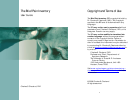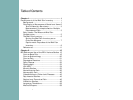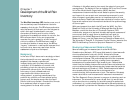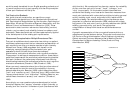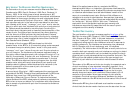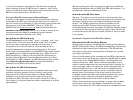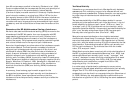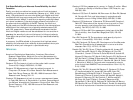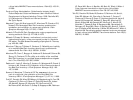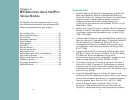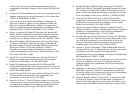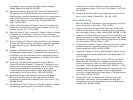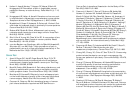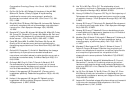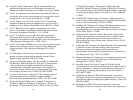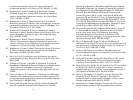
9
from 80 centers were enrolled in the study (Cleeland et al., 1994).
Factor analysis verified the two separate factors, pain severity and
interference, found in the previous study. Internal stability
(Cronbach alpha) was also examined in this study. Alphas showed
good internal consistency, ranging from 0.80 to 0.87 for the four
pain severity items and from 0.89 to 0.92 for the seven interference
items. Subsequent data from studies of cancer patients in many
countries and many languages have demonstrated high internal
consistency and the robust nature of these two dimensions of the
BPI.
Dimensions of the BPI: Multidimensional Scaling of Interference
We have also used multidimensional scaling (MDS) to examine the
dimensions of the BPI. We used a four-country sample with BPI
responses from patients with cancer and pain (Cleeland et al.,
1996). In this MDS analysis, we focused on only the interference
items of the survey. Our purpose was to explore potential linguistic
and cultural differences in the report of pain interference.
As we had hypothesized, two dimensions of the interference scale
were demonstrated. The first dimension consisted of patients’
ratings of pain’s interference with enjoyment of life, mood, and
relations with others (REM, the affective cluster of interference
items). A second dimension of interference ratings consisted of
patients’ ratings of pain’s interference with walking, general
activity, work, and sleep (WAW, the activity cluster of interference
items). Subsequent studies of additional language versions (Hindi in
Saxena, Mendoza, & Cleeland, 1999; Norwegian in Klepstad et al.,
2002) have shown a similar decomposition of the interference
items into the affective (REM) and activity (WAW) interference
subscales.
In summary, there is strong psychometric support for the
independent measurement of pain severity and interference in
the BPI. In addition, there is provisional evidence that the
interference items independently measure activity and affective
interference.
10
Test-Retest Reliability
Values from any measure should not differ significantly between
assessments. The underlying concept of a measure should not
change between assessments. This psychometric concept applies
to patient-report instruments and is examined by test-retest
reliability.
The test-retest reliability of the BPI has been studied in cancer
patients and other patients with pain. Initial short-term (1 day to 1
week) reliability for ratings of pain “worst” (0.93) and “usual” or
“average” pain (0.78) in patients with cancer was high, which
signals acceptable reliability. As expected, test-retest reliability for
pain “now” severity ratings were lower (0.59), because pain
intensity often changes over time (Daut et al., 1983).
Several more recent studies have found similar test-retest
coefficients for these items. For example, Radbruch et al. (1999)
examined test-retest coefficients in 109 outpatients in a German
pain clinic, with the retest occurring 30 to 60 minutes after the first
administration. Test-retest values were 0.98 for pain severity and
0.97 for pain interference. The individual item with the lowest
value, 0.78, was pain “least.”
Reliabilities have also been examined with daily administration of
the BPI. In patients with osteoarthritis (Mendoza et al., 2006), test-
retest reliabilities of pain severity (pain “worst,” “average,” and
“current”) between consecutive daily administration for a week
showed correlations ranging from 0.83 to 0.88. The test-retest
reliabilities for pain interference ranged from 0.83 to 0.93,
beginning at day 1 for the week.
In another study of patients who underwent coronary artery
bypass graft, the test-retest reliability coefficients for pain severity
ranged from 0.72 to 0.95 during assessment periods where
postsurgical pain declined in an expected direction (Mendoza et
al., 2004). Similarly, the test-retest reliability coefficients for pain
interference ranged from 0.81 to 0.93 during the same assessment
period.



